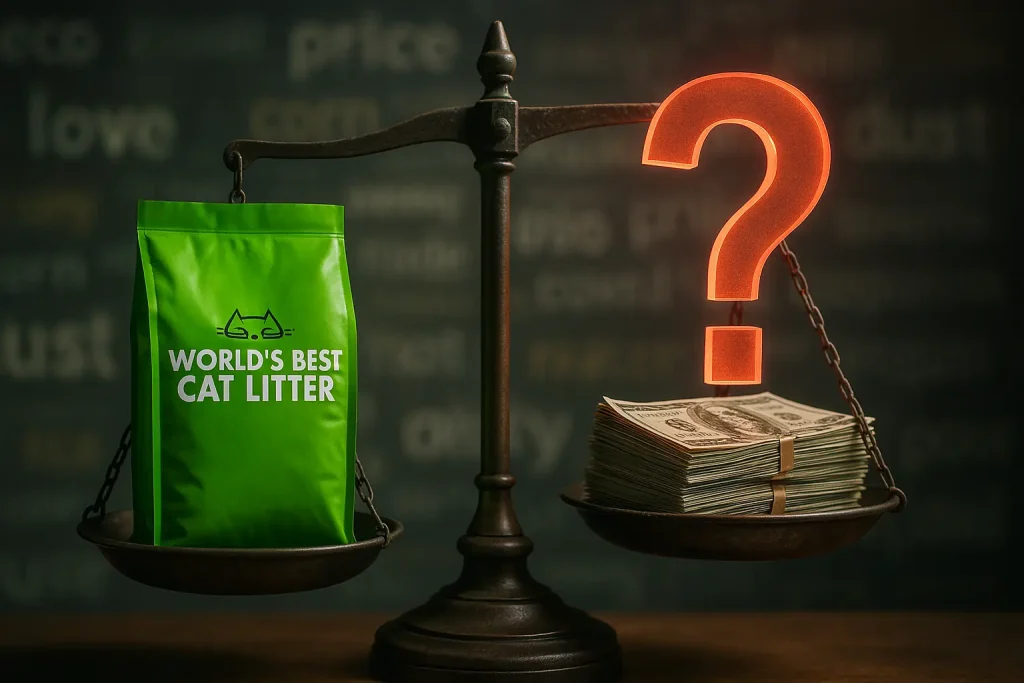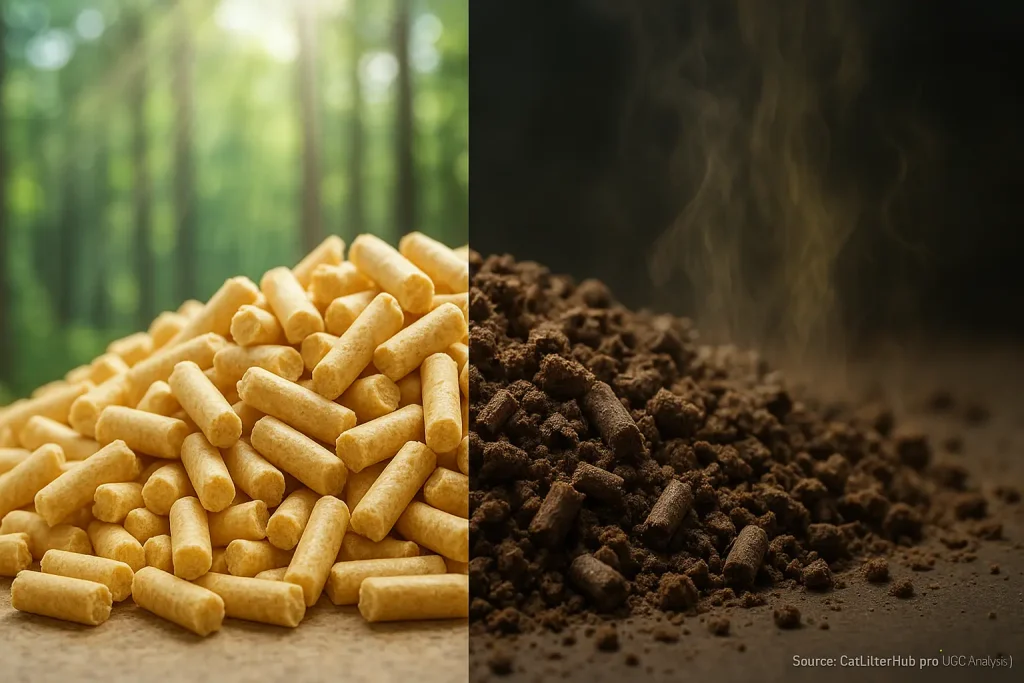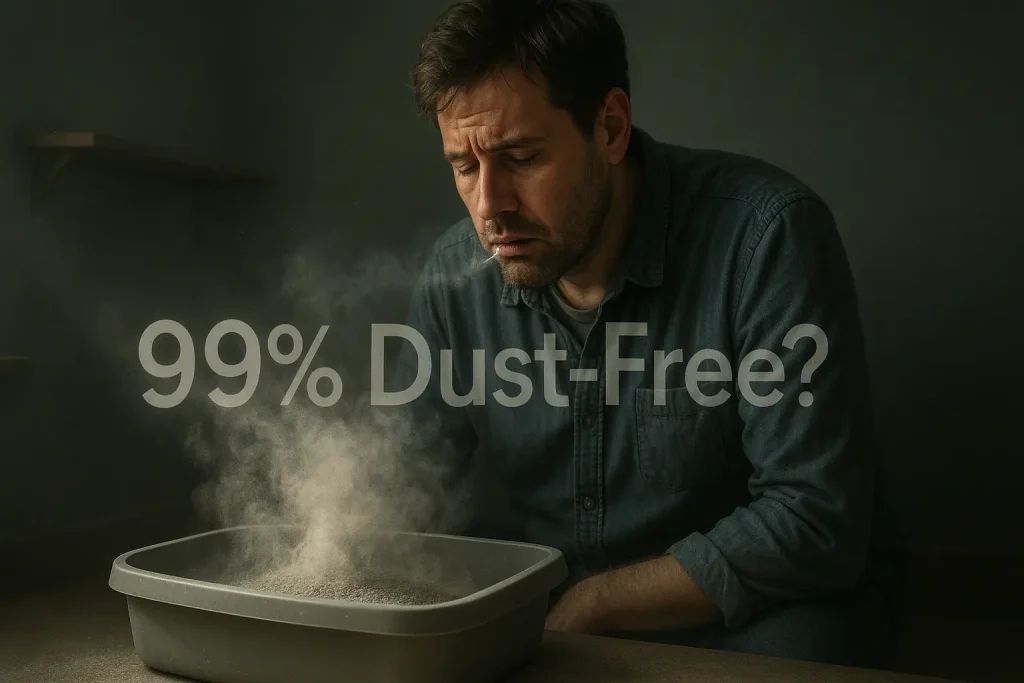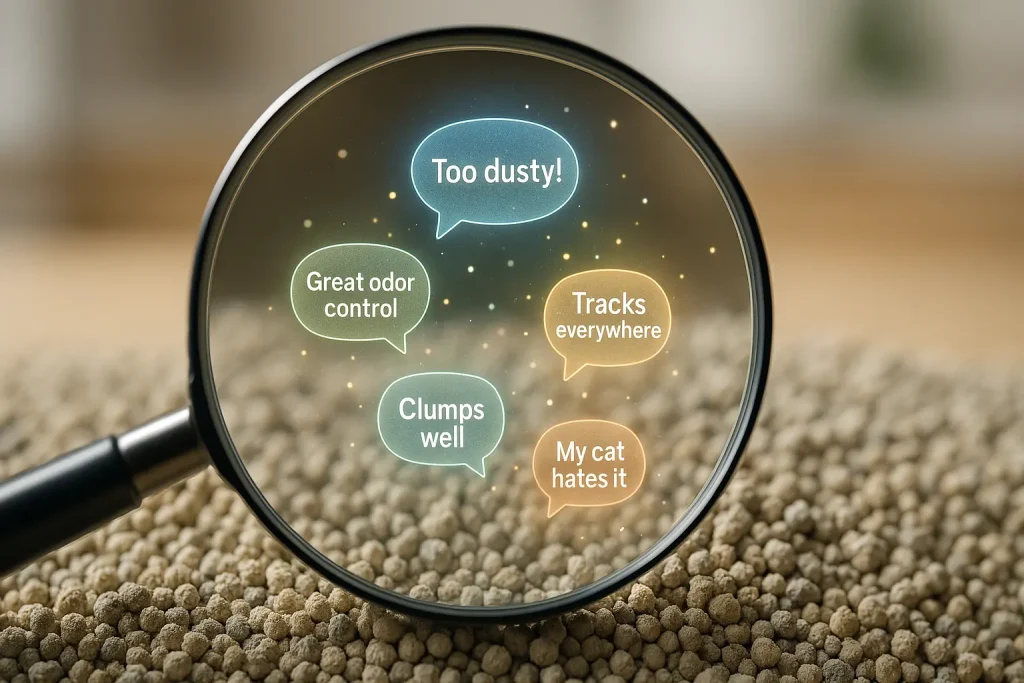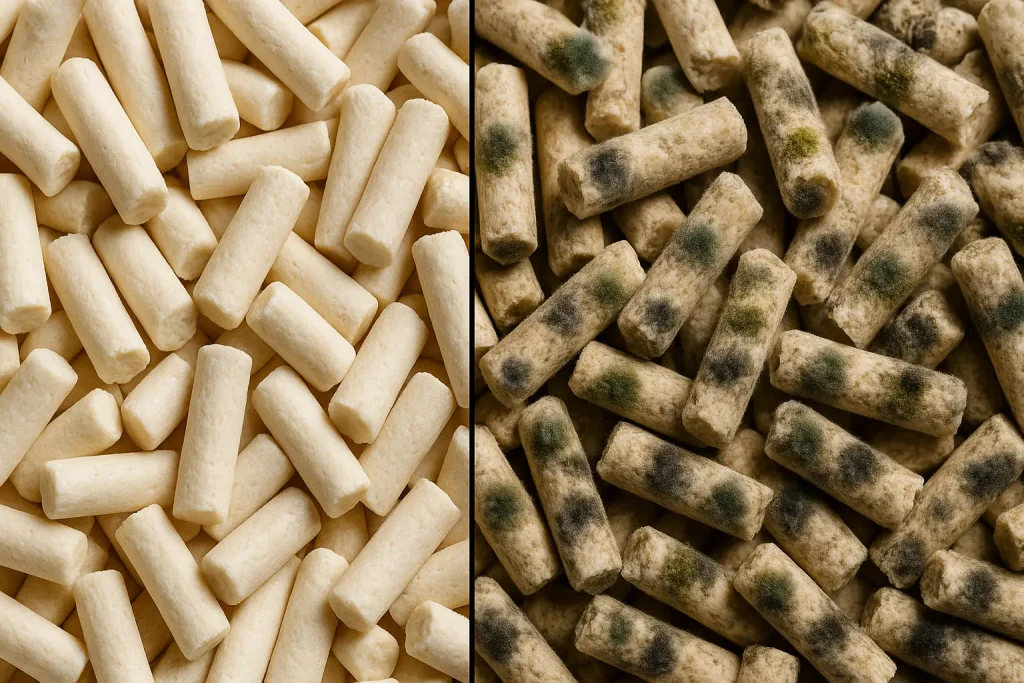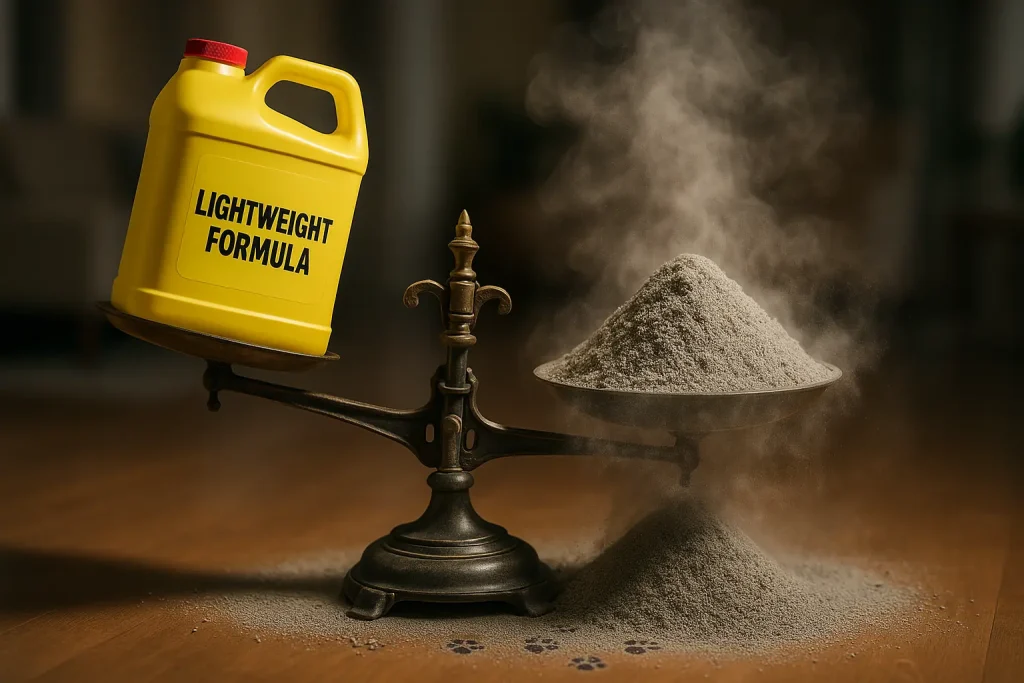The 'Litter-Crete' Nightmare: Why Your Clay Litter Turns to Rock
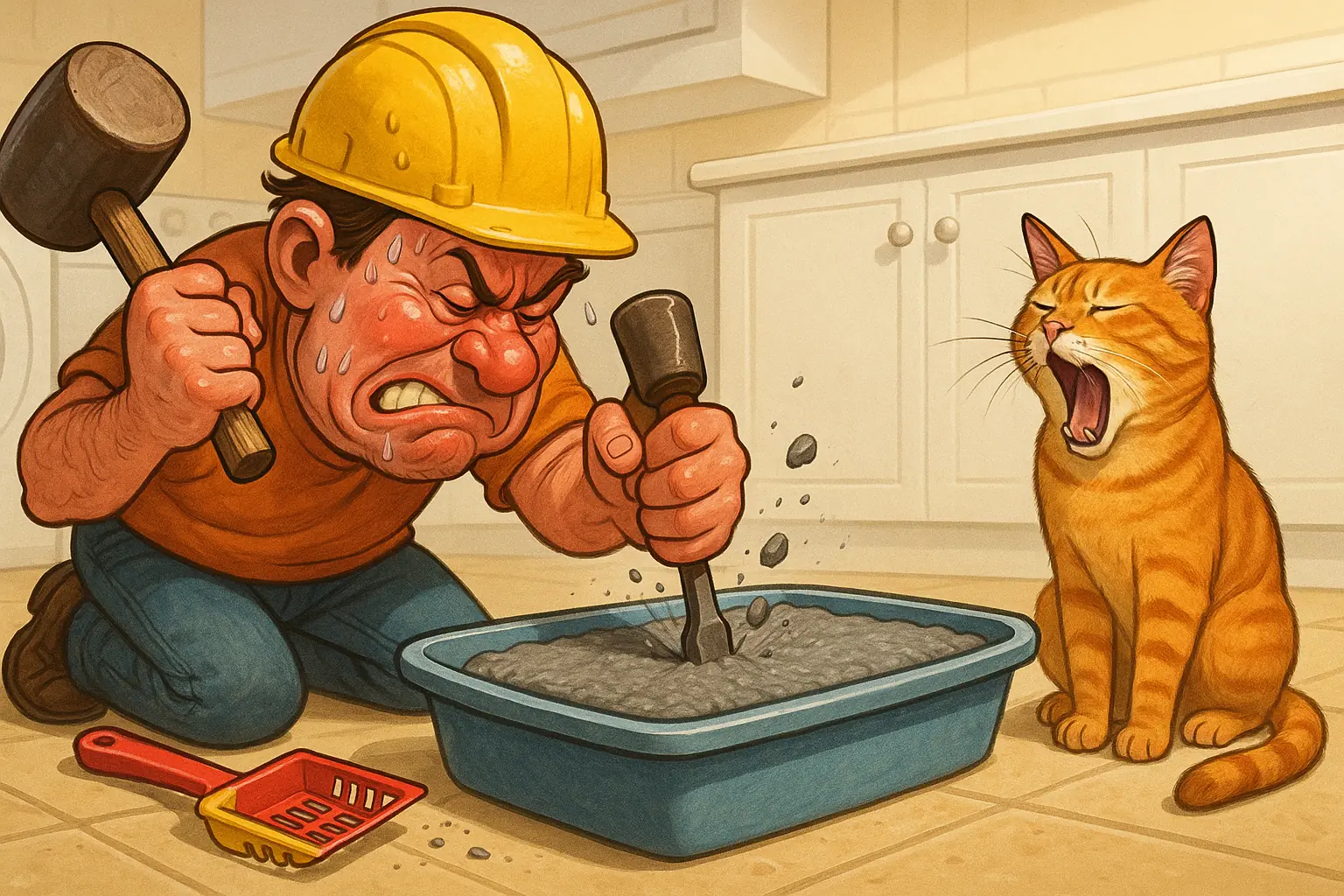
That moment your scoop hits solid rock at the bottom of the litter box? Yeah, many owners know that feeling. This 'litter-crete' nightmare frustrates countless cat parents daily. It is a widespread battle, extensively detailed in our community Chisel Files. You are absolutely not alone in this messy fight.
Thousands of users share their intense struggles online. Scoops snap. Litter boxes transform into concrete basins. Some owners even describe back-breaking sessions, literally chiseling away at hardened clay clumps. The problem is real. The frustration is universal.
So, what causes this cement-like disaster in your cat's pan? User experiences consistently point to several key factors. Too-little litter depth is a very frequent villain identified by owners. The wrong litter pan material sometimes worsens the sticking, according to numerous reports. Excessive moisture, whether from urine concentration or high ambient humidity, also plays a significant role. Cat Litter Hub's synthesis of user feedback even suggests certain types of bentonite clay might be inherently more prone to this extreme hardening.
This page is your dedicated Chisel File for this exact issue. We have gathered user-tested strategies from thousands of real-world experiences with clay litter. These insights help prevent clay litter from turning into an unmanageable rock. You can find practical ways to conquer this sticky situation, finally, based on what works for other cat owners.
Prevention First: Smart Litter Depth & Pan Choices Users Swear By
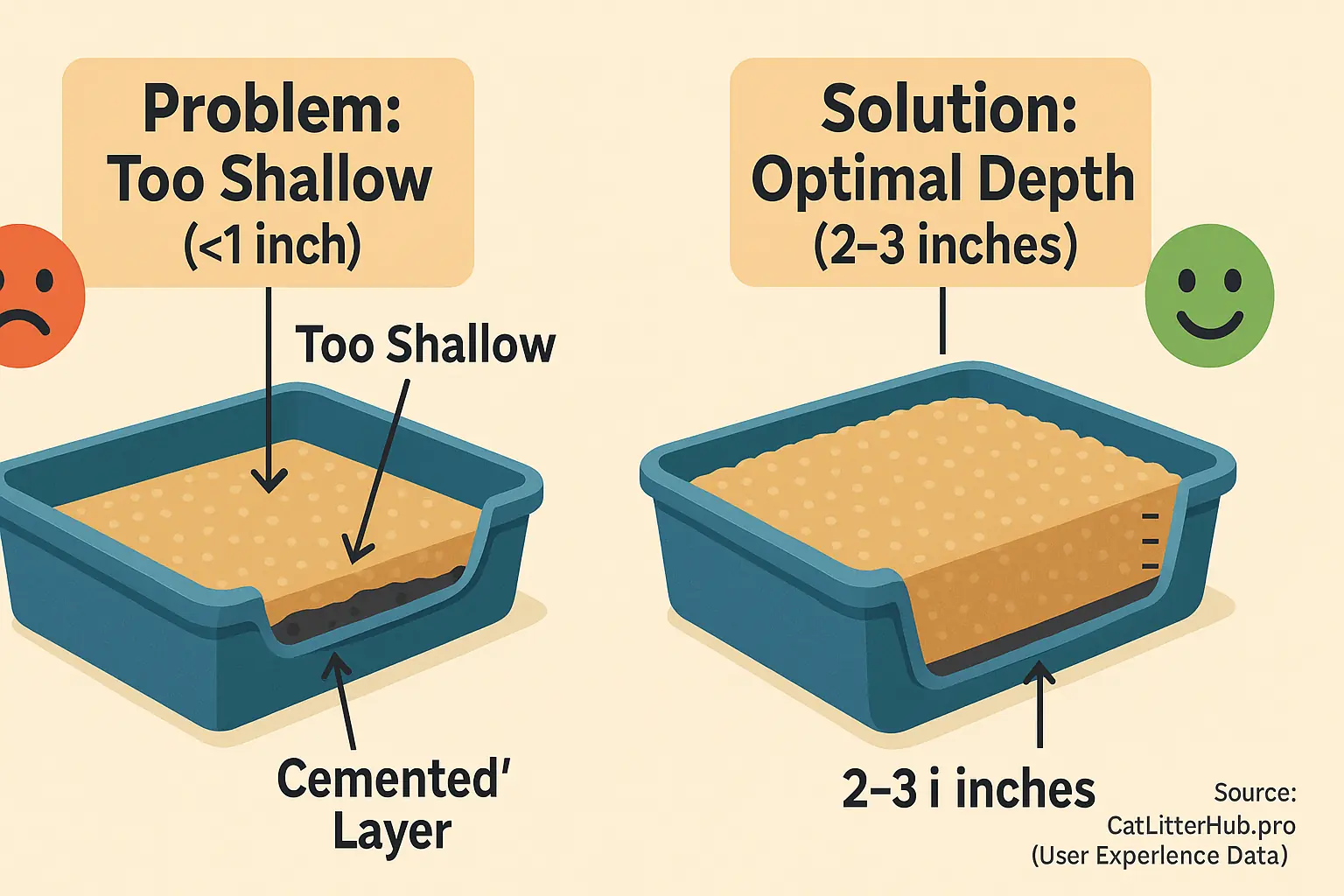
Want to stop litter cementing before it starts? Seasoned cat owners offer a primary strategy. Maintain consistent litter depth. Our analysis of user feedback pinpoints two to three inches as the optimal range. Too shallow, and urine inevitably reaches the pan bottom. This creates those frustrating 'litter-patties' that weld themselves to the plastic or metal. For instance, Sarah from Ohio found that simply adding an extra inch of litter made all the difference, ending her daily scraping battles. A simple change. Powerful impact.
The litter pan material itself sparks considerable discussion among cat owners. Many users report a clear preference for easier cleanup. Stainless steel pans frequently earn high praise in reviews. Owners find these pans are significantly less prone to severe sticking compared to many plastic varieties. This observation isn't just marketing; it's a tangible difference experienced in daily scooping, according to numerous reports. Could a switch in pan material solve your cementing woes?
Heavy-duty litter liners represent another popular user-recommended solution. These liners create a crucial barrier between the litter and the pan surface. This simple addition often makes cleanup much easier for many households. Even if some sticking occurs, the liner typically takes the brunt. "A real pan-saver!" is a sentiment echoed through countless pieces of user feedback. While not a universal fix, many find them indispensable for managing sticky situations.
What about those pans marketed with special 'non-stick' coatings? User experiences here are decidedly mixed. Some cat parents do find these coated pans genuinely helpful. They report less residue and easier scooping. However, a significant number of other users see no major improvement over good quality standard pans. They believe proper litter depth and regular cleaning achieve similar, or even better, results without the premium price. The consensus on their ultimate effectiveness remains elusive in user reviews.
The Additive Debate: What Users Mix In (And If It Really Works)
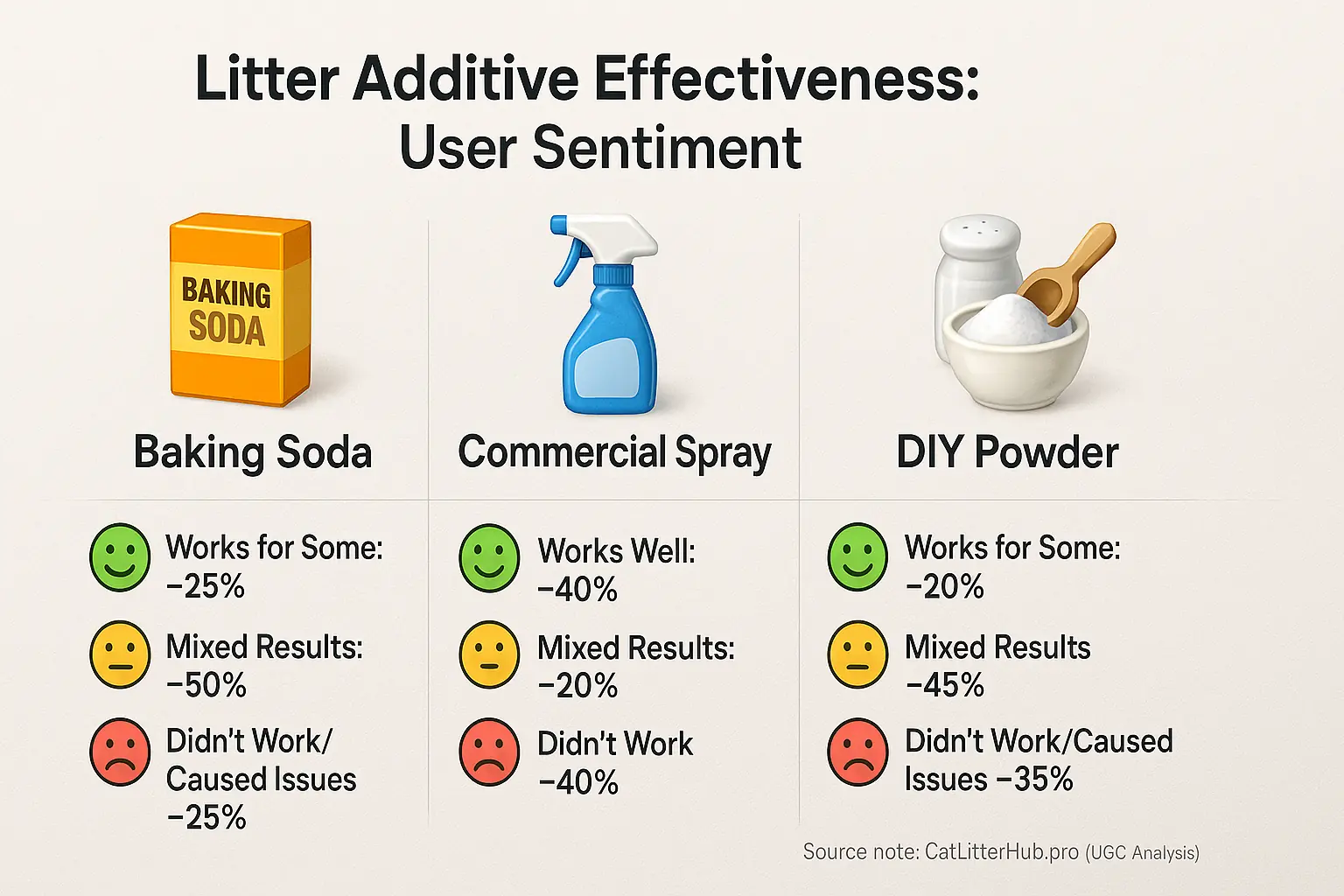
Baking soda. A common household item. Does it really prevent litter from turning into cement? Our deep dive into user feedback reveals a mixed bag. Some cat owners report a slight reduction in sticking. Many, however, find baking soda makes little to no difference against tough, cemented clumps. A number of cats also seem to dislike the altered texture or scent, occasionally leading to litter box avoidance.
What about commercial anti-stick sprays or powders designed for litter boxes? The user jury remains decidedly out. You'll find comments like, "Brand Z spray was a miracle for my stuck-on messes!" right next to, "Total waste of money, Brand X powder did absolutely nothing." The collective experience suggests effectiveness heavily depends on the specific cat litter brand and the material of the litter pan itself. No universal fix here.
An interesting nuance often surfaces in owner discussions. Some additives, while not fully stopping litter from cementing to the pan, can make the stuck clumps slightly easier to dislodge. Think of it as weakening the bond, not eliminating it. For those battling daily scraping sessions, this small improvement is a welcome relief, according to numerous reviews.
The most critical piece of advice echoed throughout countless user experiences: introduce any new litter additive very slowly. Cats are creatures of habit and highly sensitive to changes in their bathroom environment. A sudden alteration in smell or texture from an additive could lead to your cat rejecting the litter box entirely. That creates a far bigger headache than sticky litter ever could.
Art of the Scoop: Techniques & Tools That Conquer 'Litter-Crete'
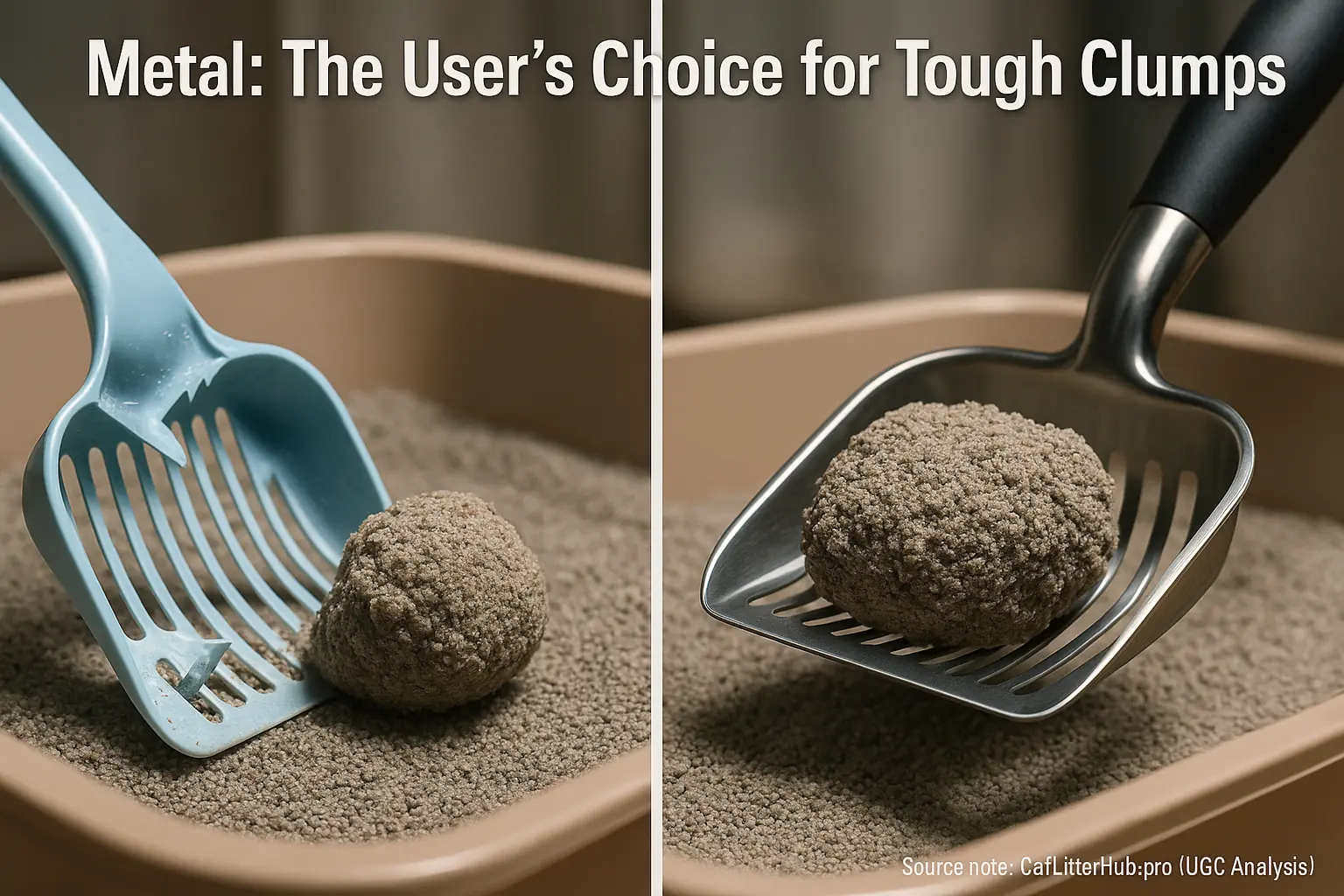
Scooping cemented litter requires finesse. Many cat owners, through experience, have developed specific techniques to conquer 'litter-crete'. Forget brute force. One popular user-honed method is the 'perimeter scrape'. This involves gently scraping around the clump's edges, loosening its bond with the pan before attempting a full lift.
The 'scoop and wiggle' is another gem from user experiences. How does it work? You carefully insert the scoop under a small section of the stuck mass. Then, a gentle side-to-side wiggle helps break the adhesion without splintering the clump. Users repeat this process across the entire clump for a clean release.
Tool selection is critical. When battling truly hardened deposits, the collective voice of cat owners is clear: metal scoops win. Plastic scoops? "They just snap," is a frequent complaint found in countless reviews. A sturdy metal scoop becomes a non-negotiable tool for many facing this daily challenge.
Owners consistently praise metal scoops with a sharp, beveled leading edge. A strong, comfortable grip also gets high marks in user feedback. Some users also recommend daily 'preemptive scraping'. This involves lightly running the scoop along the pan's bottom before new clumps fully harden. Many find this simple habit significantly reduces 'litter-crete' formation.
Your Personalized 'Litter-Crete' Prevention Checklist
Your Personalized 'Litter-Crete' Prevention Checklist
This checklist tackles 'litter-crete'. It uses community wisdom. Our analysis of countless user experiences identified key cementing triggers. This tool applies those findings directly to your situation. It considers your cat. It looks at your litter type. Your box habits are also important. You get personalized, user-backed prevention strategies. Real solutions. From real owners. Many find small, consistent changes stop 'litter-crete' cold. This means easier scooping for you. Ready to build your plan?
Now that you have your personalized checklist, remember that consistency is key. Many users report that sticking to these small habits makes a huge difference in the daily battle against 'litter-crete'. What other challenges are you facing with your litter box? Explore our other user-driven solutions!
The Holy Grail? Clay Litters Users Say Stick LESS
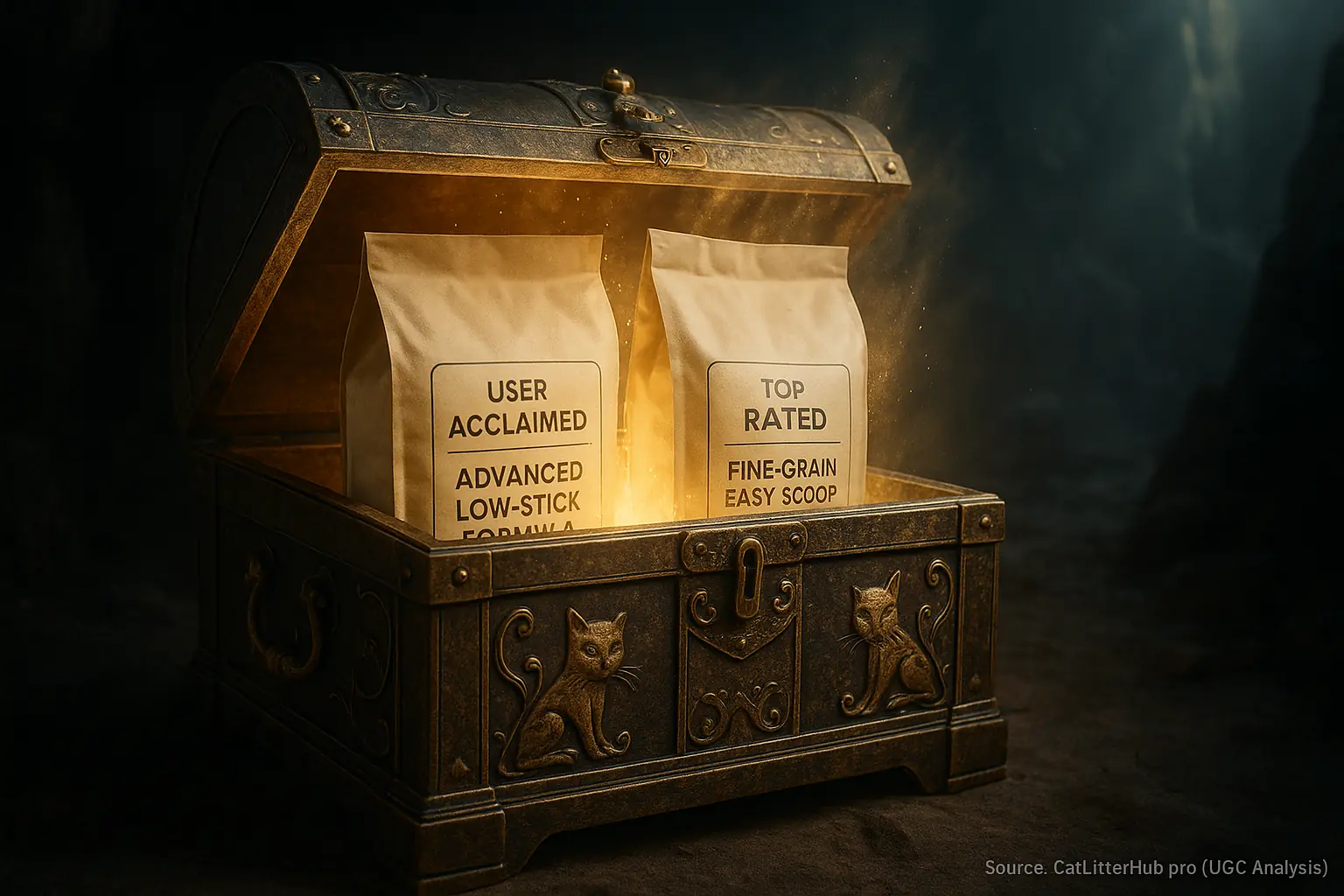
Cat owners constantly search for that elusive non-stick clay litter. The dream? No more chiseling. Our deep dive into user experiences uncovers a heartening truth. While perfection is rare, some clay litters earn consistent praise for resisting that dreaded "litter-crete" effect. Many users share stories like, "Brand X finally ended my daily battle with the scoop!" This is the community wisdom we've synthesized.
What makes some clay litters less sticky? User reports frequently highlight finer-grained formulations. These smaller particles, when maintained at an adequate depth, appear to form tighter, more defined clumps. These harder clumps, owners find, are less prone to smearing or welding themselves to the litter pan. It's a detail many seasoned cat parents have discovered through trial and error.
The collective voice of users also points to variations within brands. A brand's standard clumping litter might stick, a common frustration. Yet, their "multi-cat advanced formula" or "low-track" version often receives accolades for easier scooping. This suggests formulation tweaks, perhaps in bentonite type or additives, make a real difference felt by cat owners daily. Paying attention to these specific product line distinctions is key.
So, can you find a clay litter that never sticks? Probably not entirely. But the experiences of thousands of cat owners offer powerful guidance. By seeking out these community-vetted products, you can significantly reduce scooping struggles. The "chisel factor" can indeed be minimized. This means less frustration for you. More importantly, it means a cleaner box for your cat.

